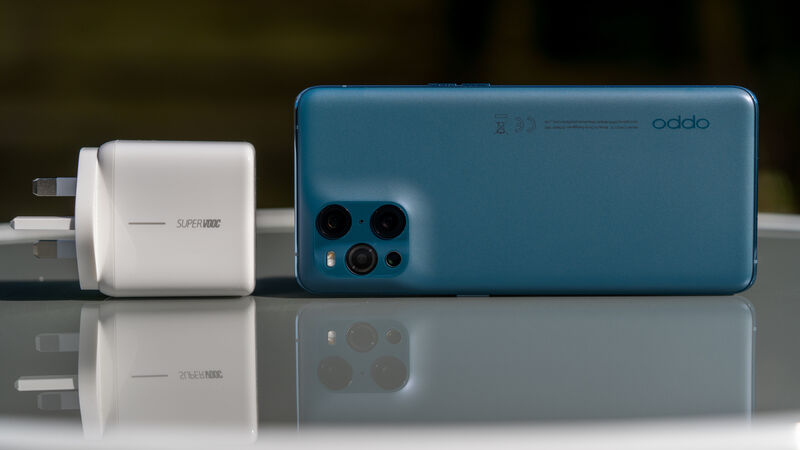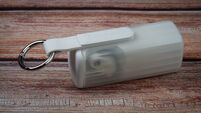Honey, I shrunk the world with Oppo Find X3 Pro

Oppo Find X3 Pro with SuperVooc 2.0 65w charger.
The latest flagship from Oppo Ireland will launch here in May and there’s a lot to get excited about. The Oppo Find X3 Pro is a premium device with the latest cutting-edge hardware, space-age design and innovative camera tech and I’ve been using it for the last few weeks to see if it’s worth the premium price you’ll have to pay for it.











